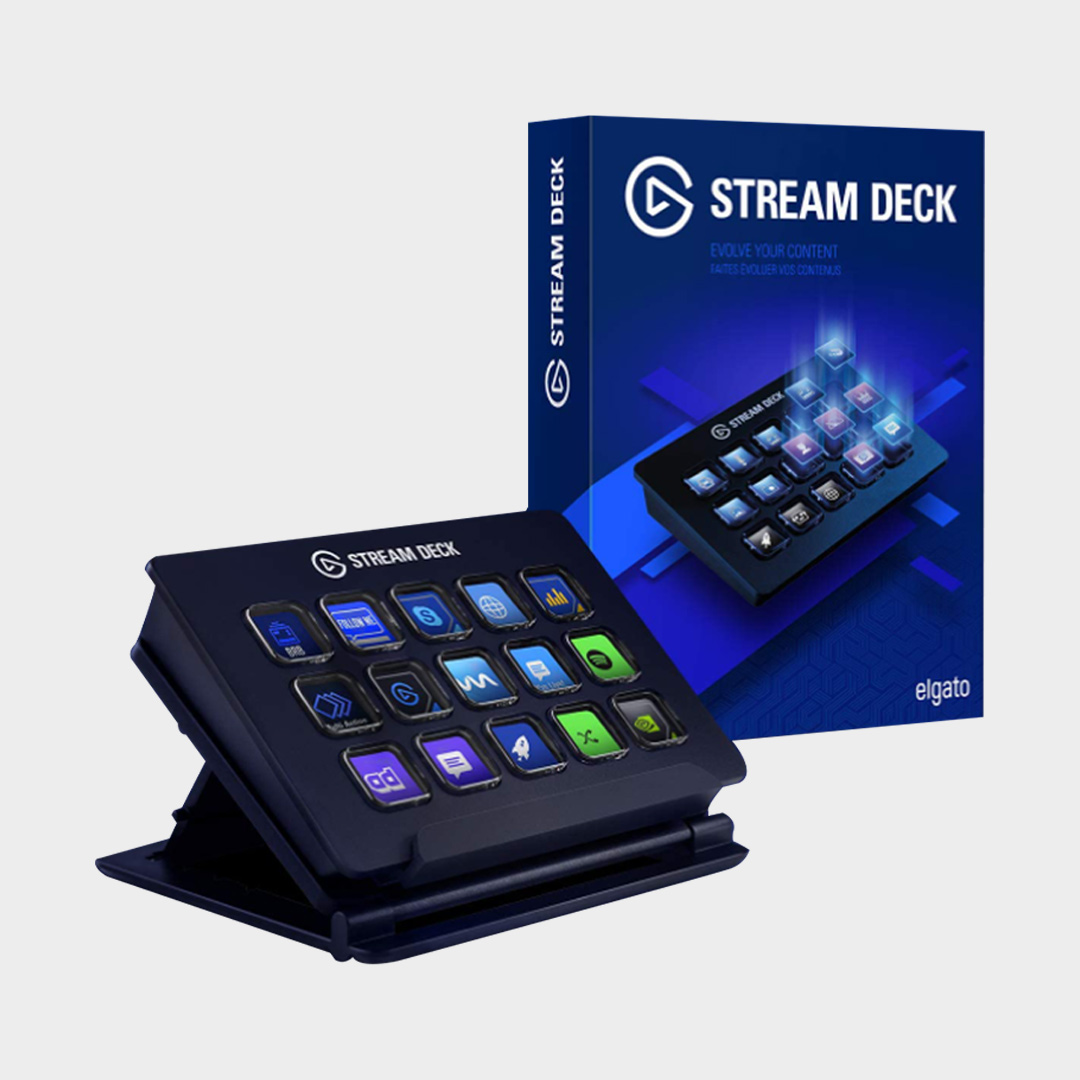
- #Elgato stream deck motu digital performer software#
- #Elgato stream deck motu digital performer plus#
I have one with clear and removable tops so you can get the label underneath the clear plastic. It is quite common with programmable keboards in. Most DAW have pretty good keyboard support so a macro keyboard with labels on they key is the basic safe solution. ProTools has a lot of nice gear, and are deeply integrated in their DAW in a other way that for example midi is with cubase, but the price tag is uncomfortable. There you can get to acces to parameter names etc as strings. DAW's like Bitwig have their remote controllers accessing the DAW with java extensions. But it still not much to work with regarding At least there are some efforts to solve this in midi-2.0.

The problem with midi is that it not bi-directional. PS: I've seen several people use xkeys for music/post, so I definitely didn't ignore that.
#Elgato stream deck motu digital performer plus#
Here's one that's a normal QWERTY plus a few extra keys: So take off the plastic cover, stick a piece of paper with the name of the function in there, put plastic back on.

But with these keyboards often the key sets are all stored in the keyboard instead.
#Elgato stream deck motu digital performer software#
This means you need the same software and the same preset for every computer you use that keyboard on to get the same result. When people use software solutions instead the keyboard will send regular characters that are intercepted and "translated" into something else on the computer that runs the software. So you can unplug the keyboard and bring it to a different computer and the other computer will receive the same custom characters sent from the keyboard. The programming resides in the keyboard in many of them. In retail the keys get whacked like a million times, so they won't break. They can support adjustable timing between each character that's sent in a macro. You can now have "m", "M", and maybe "shift"+"$"+"/"+"enter" as a macro, all on different layers. So now you can start to see the value in these. With these you can assign special keys to shift to a different layer, so you can get a completely different character sent using that same "m" key. So when you press and hold "shift" and then press that "m" key you get "M" on a normal keyboard. Normally a keyboard has a shift layer, a layer for "alt" maybe, and so on. They often have more layers than regular computer keyboards. They often have completely programmable keys, meaning the key that sits where we normally have the key "m" for example could be programmed to output "x" instead. Some of them have slots for swiping credit cards etc.

It may look like a cash register but it's really just a computer keyboard connected to a computer. "POS" stands for "Point Of Sale" and is used in retail. I've heard of Hans Zimmer using an old cash register to do something like this, and it got me thinking, that this would be very useful.Sounds like he might be using a "POS Keyboard". Preferably with customizable labels, maybe like a small screen that shows the names of the controls.


 0 kommentar(er)
0 kommentar(er)
